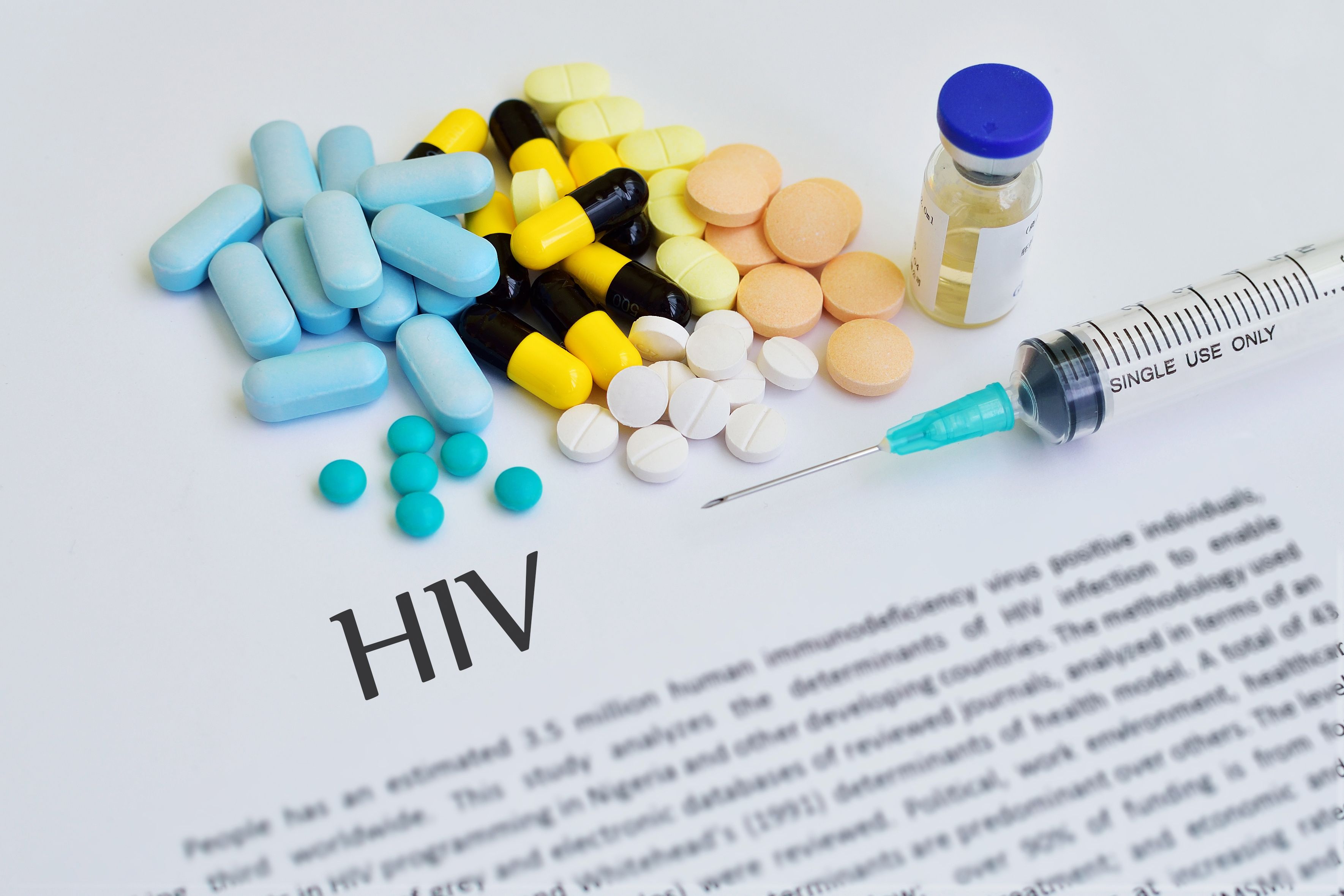News
Article
Peer Interventions Beneficial to HIV Testing Rates Among Immigrants
Author(s):
HIV testing uptake was improved in immigrants after peer interventions with multiple strategies were implemented.
Strategies involving peer intervention could help improve HIV testing uptake in immigrants, according to a review published in Health Promotion Perspectives. Immigrants are a particularly vulnerable group in HIV testing, which makes efficient interventions vital for treating HIV.
New cases of HIV numbered 1.3 million worldwide in 2022, with approximately 39 million people living with HIV overall. Testing and diagnosis of HIV are vital factors in helping to end the AIDS epidemic. Immigrants are representative of population mobility, which is a driver of the HIV epidemic, and immigrants can be vulnerable to not receiving proper care for HIV.
Although HIV peer interventions have worked for this population in the past, it is unknown what factors play a part in its effectiveness. This review aimed to address why and how these peer interventions can improve the uptake of HIV testing in immigrants.
Group of people with HIV awareness ribbon | Image credit: Olena - stock.adobe.com

The researchers used PubMed, Web of Science, Scopus, Embase, and Cochrane to search for studies. The researchers looked for studies published starting in 1985. All different study designs were taken into account as long as the subject matter pertained to international immigrants or refugees. All studies needed to include data on how an intervention improved testing uptake for HIV. Studies were excluded if they were secondary studies, were published in a language other than English, focused on domestic immigrants or racial/ethnic minorities who weren’t immigrants, or did not report on HIV testing as the study outcome. Data extracted from the studies included study characteristics, strategies, contextual factors, and outcome.
There were 17 studies included in the review, of which 10 were quantitative and 7 were qualitative; a total of 10 were also regarded as interventional studies. The studies primarily focused on sex workers and men who have sex with men (MSM) who were immigrants. Most of the studies took place in the United States (10) and focused on Latin immigrants, whereas the remainder were conducted on the Mexico-Guatemala border, Asia, Europe, Oceania, and Africa.
Multiple strategies were used in the interventional studies. Providing information about HIV and the available services was 1 of the ways that participants were encouraged to increase HIV uptake. This included group discussions, sharing PowerPoint presentations, role-playing scenarios, group activities, and brochures.
Another strategy was to provide support to immigrants, which was utilized in 6 studies. Peers acted as a primary supporter for the immigrant to encourage them and provide assistance. Community outreach was also used, which included door-to-door services, educational training, chain referral services, and testing services directed by peers. Lastly, having an intervention team perform rapid HIV testing was used in 2 studies and was suggested by peers in other studies.
The reviews compiled 4 different pathways to improving HIV testing uptake in immigrants. The first is improving communication through peers. Immigrants were more comfortable talking to peers about sex, which could help to encourage an exchange of more information about HIV prevention. This communication can help steer immigrants to proper outlets as well as correct any misunderstandings. This could lead the way to the next pathway, which involves the reduction of stigma due to increased communications. Studies found that increased testing was seen in places where immigrants were more trusting of their environment and felt less stigma. If immigrants were afraid of stigma, they were less likely to disclose information and perform HIV testing.
The third pathway involved increased support. Peers who were able to build trust through communication could help immigrants by providing information, support, and even accompanying them to receive their test services for HIV. Peers who provide continuous support can also encourage immigrants to take the HIV test. The last pathway was to provide accessible services. Free testing services and financial support could be a factor to consider, as private insurance and the high cost of testing were deterrents in HIV testing uptake. Other challenges include lack of continuity in the delivery of services, the inaccessibility of services, and long waiting times.
There were some limitations to this study. The heterogeneity of the studies means that the results may not be generalizable. This study only focused on international immigrants, which could have excluded other groups such as domestic immigrants, ethnic or racial minorities, or indigenous populations.
The researchers concluded that peer interventions that take multiple pathways in encouraging HIV testing uptake. Making sure that peer interventions are designed to address specific barriers may be more helpful than a more generalized approach. Peer interventions can help in effectively implementing these strategies as well as improving communication and reducing stigma around testing for HIV.
Reference
Ghasemi E, Bahrami T, Majdzadeh R, Negarandeh R, Rajabi F, et al. Peer interventions to improve HIV testing uptake among immigrants: a realist review. Health Promot Perspect. 2024;14(1):19-31. doi:10.34172/hpp.42639





